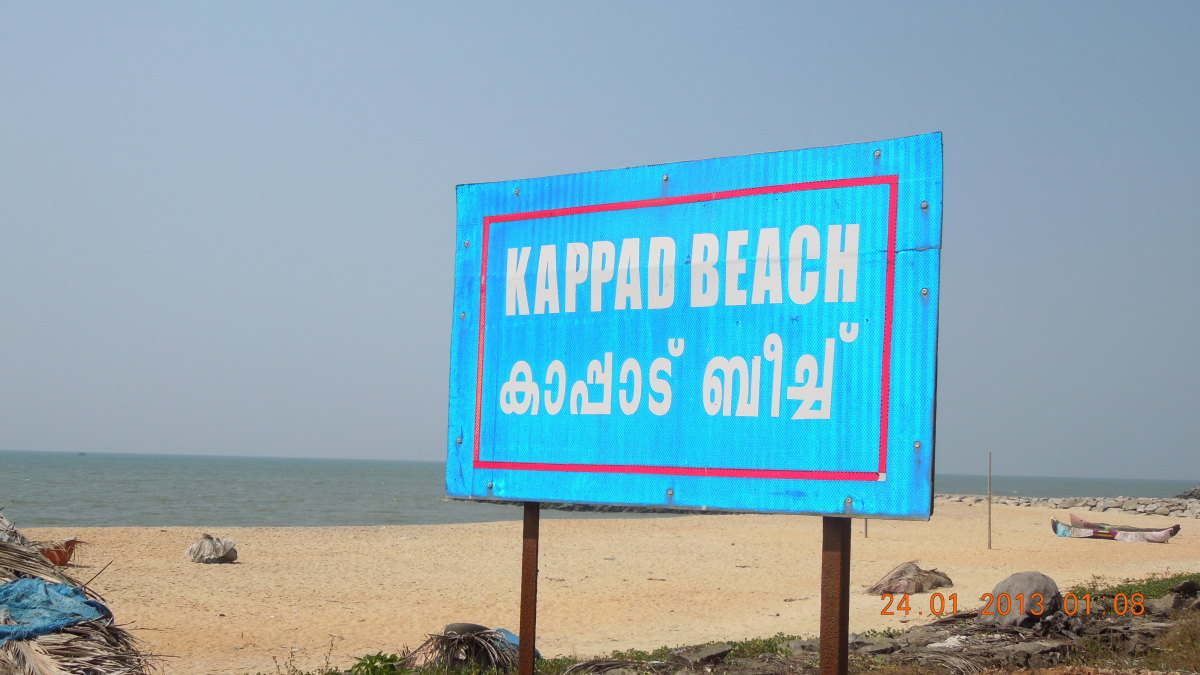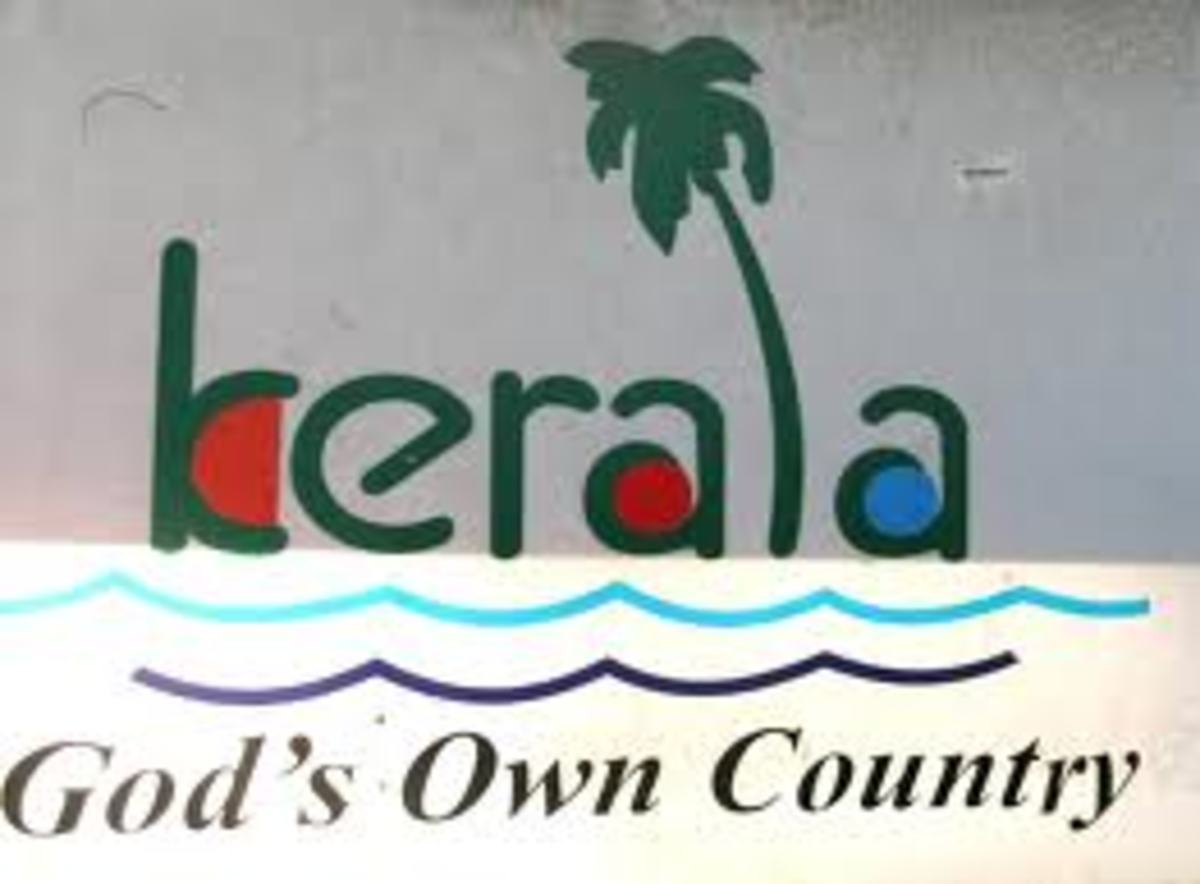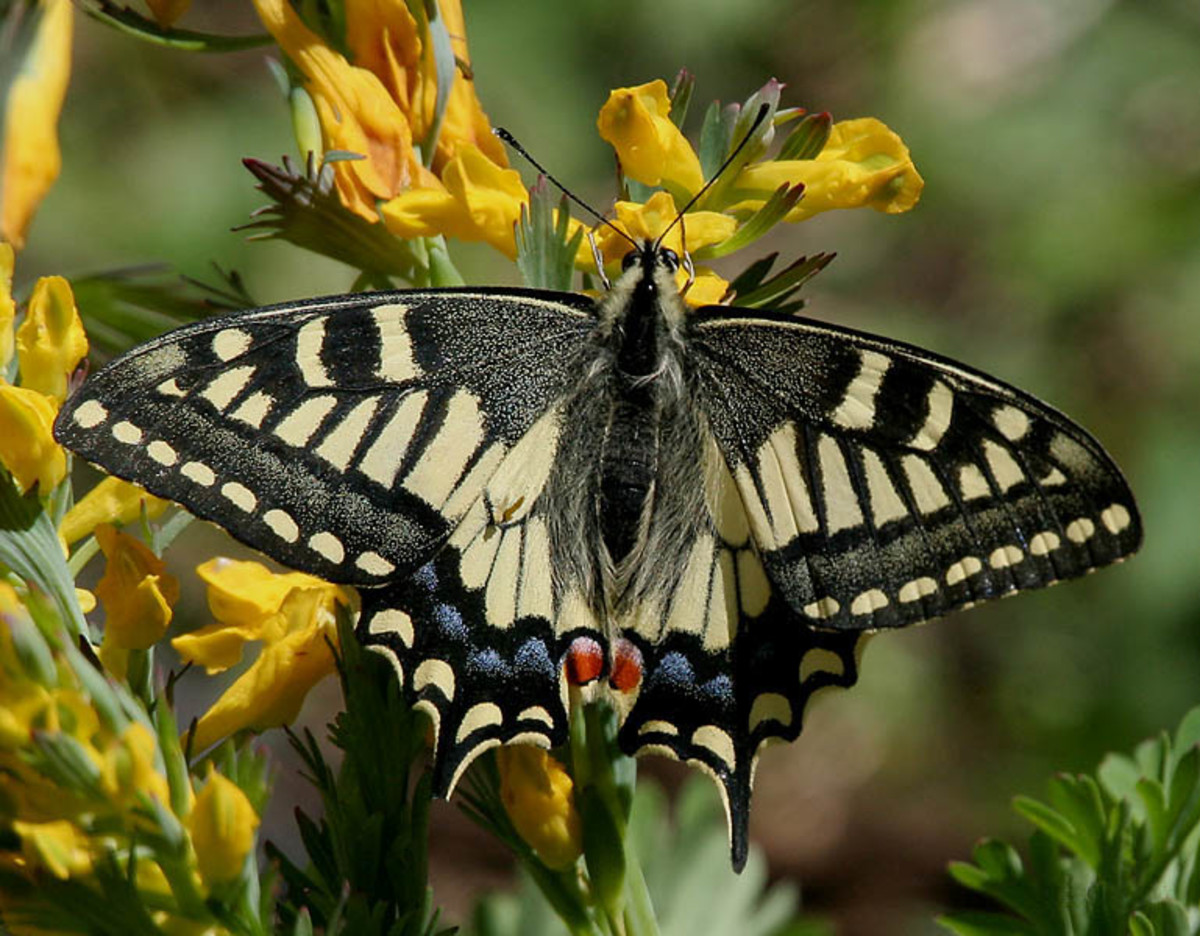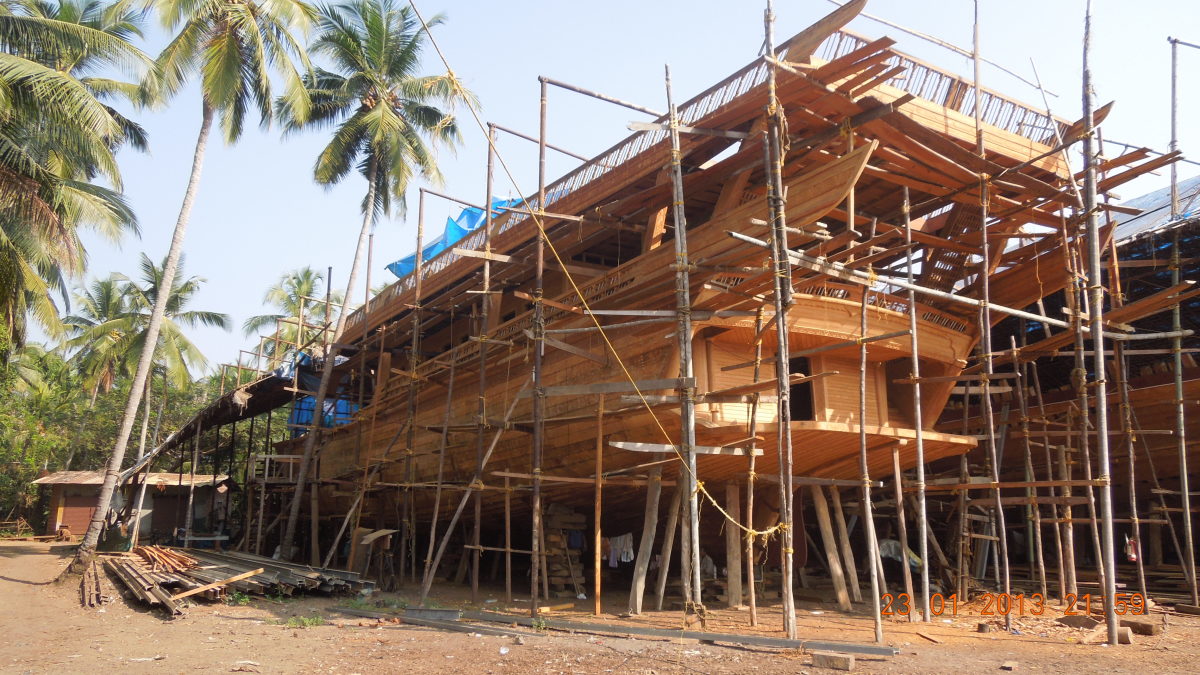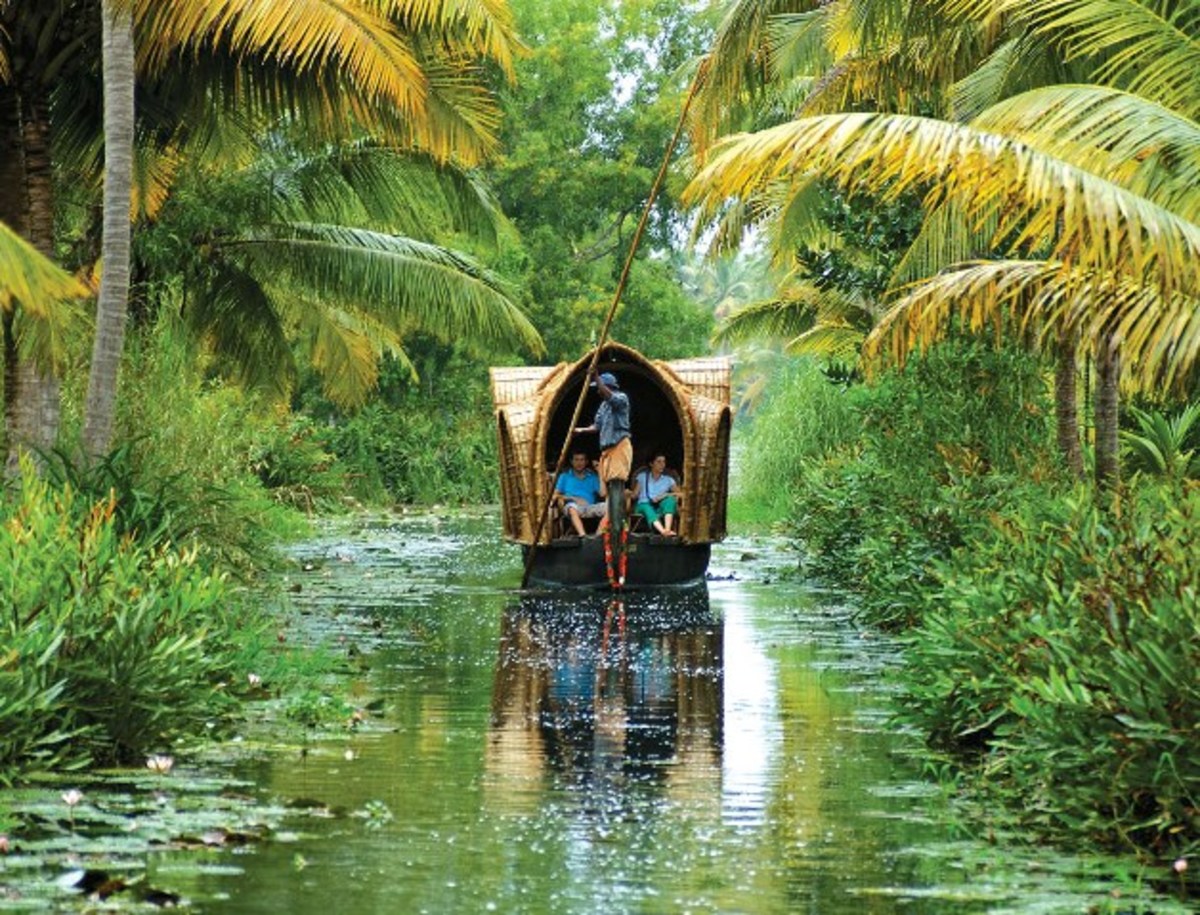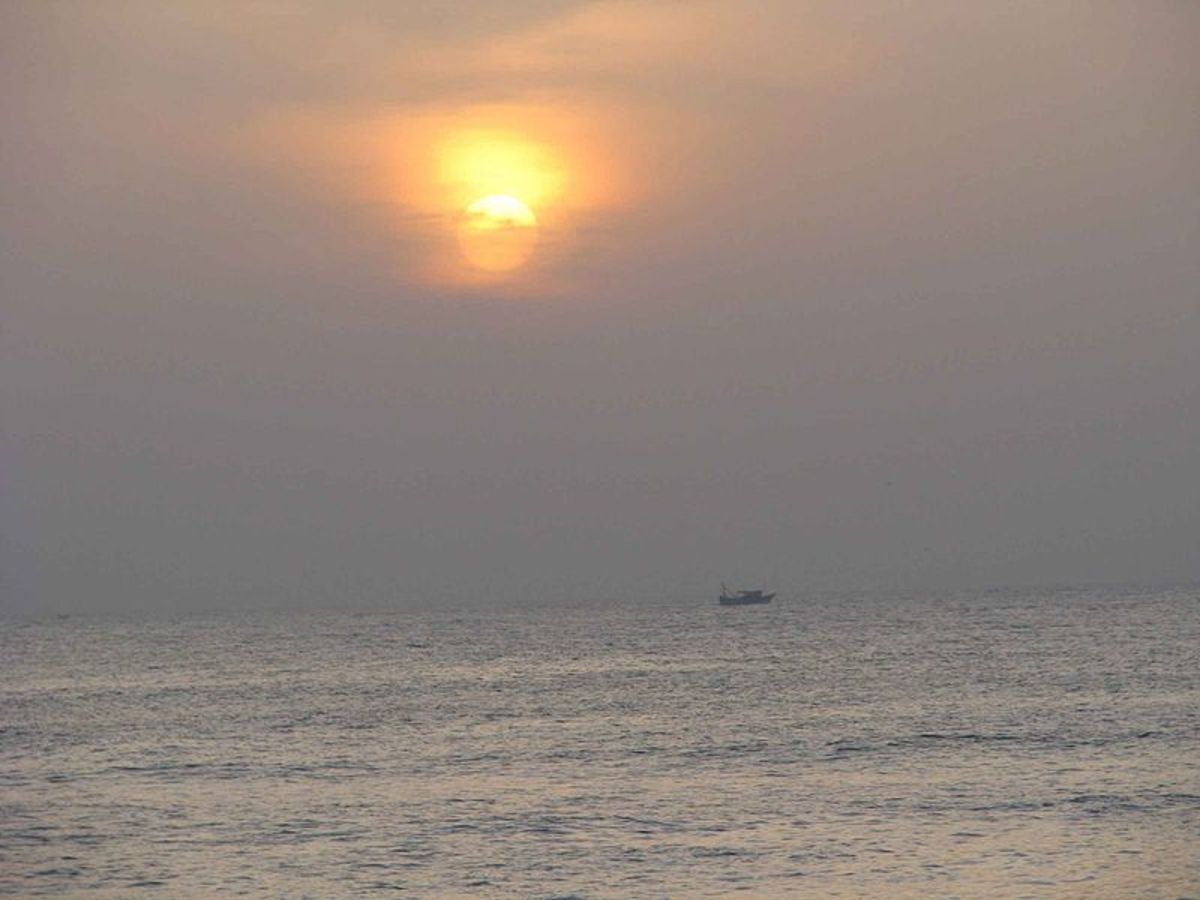- HubPages»
- Travel and Places»
- Visiting Asia»
- Southern Asia
How to know the best time to visit India
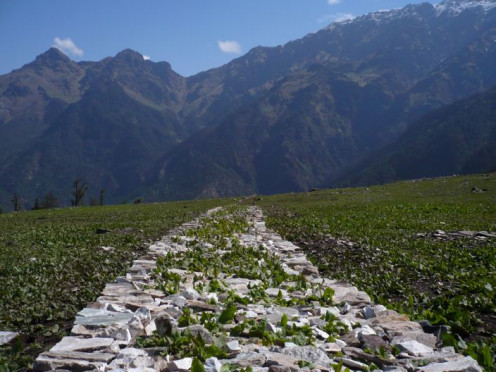
What is the best time to visit India?
Many travelers who are planning a journey to India wonder when is the best time to visit India. The answer is simple – the best time of the year to visit India is always! It simply depends which area of the country you are planning to visit and if you are flexible enough you will change your destination according to the season you are coming in.
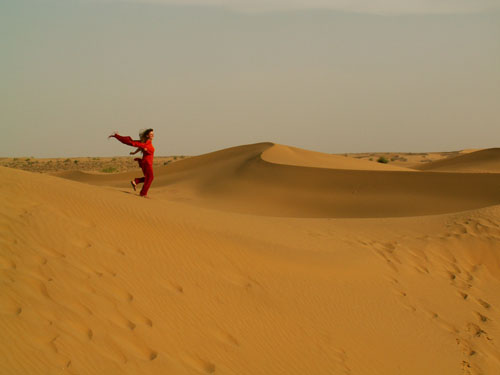
The Indian subcontinent stretches from the Himalayan region in the North to the 3214km away subtropical Southern tip of the country. From East to West the country measures another 2933km. This makes India the seventh argest country in the world, so it is not a surprise that the climatic conditions vary vastly from region to region. But if you simplify it a bit India has a generally different seasonal pattern than many western countries, which can be roughly divided into three seasons.
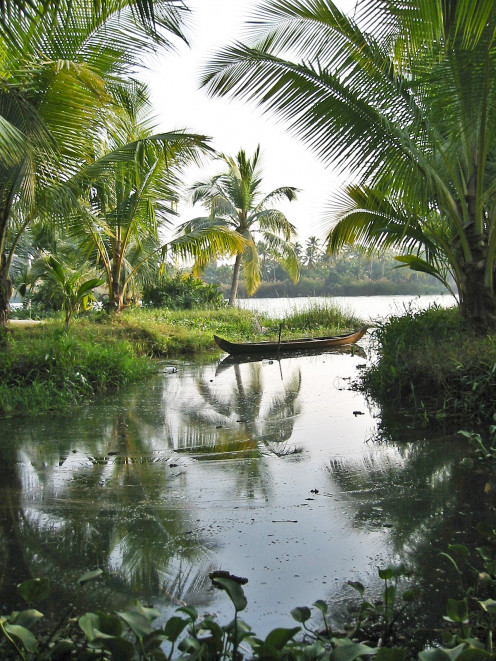
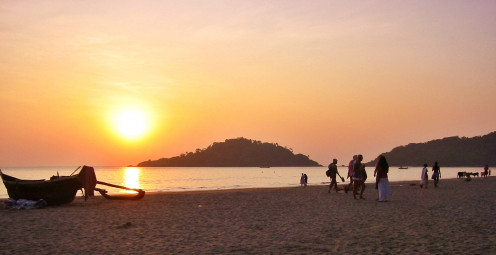
The Cold/Dry Season
Usually starting around November and lasting till February this is the season many travelers would agree is the best time to visit India. Nearly everywhere in the country you will hardly find rain and it is the coldest of all seasons. While this makes the climate very comfortable from the Southern tip of the country to Rajasthan; Delhi and everything north of it can become uncomfortably chilly. Even though it won’t freeze, most houses don’t have good windows and no heating, so that you should be sure to bring enough warm clothes if you plan to stay in the North during the cold season. The Himalayan range is somewhat off-limits during the cold season, as here you will find heavy snowfall which makes many roads blocked or dangerous to use.
The Hot/Dry Season
From March till June it can become incredibly hot in India. While the South usually doesn’t get much hotter than 33°C, but has a very humid climate which will make you sweat more than you ever thought you could sweat, the temperature in the Northern regions around Delhi and Rajasthan can easily climb up to a killing 45°C. But while parts of the country are melting away, this is easily the best time to visit the Himalayan foothills and see places like Badrinath, Manali, Shimla and Mussoorie.
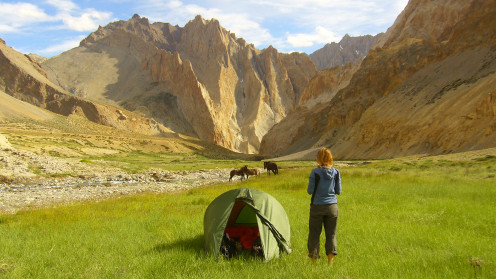
The Raining Season/Monsoon
From end June to October the raining season will start in India. While the monsoon is actually two different monsoons – an early and a late one, you will hardly be able to tell a difference and thus can just consider the whole season as the raining season. Contrary to general believe the raining season can be a pleasant time to travel! As soon as the first rains hit India the temperatures usually drop a bit and the whole country explodes into a junglee green. While the rains in the South can go on for days without end the Northern regions often have a few rains during the day, but dry breaks, too – for example in the Manali area. If you really aren’t a friend of rain it is recommended that you travel to the high Himalayan regions in Ladakh. This part of the country is so high that it usually hardly ever rains and only during this season the temperatures are high enough to walk around without a sweater during the day.
As you see, it is not easy to say ‘what is the best time to visit India’ as it mainly depends on what you want to see during your trip to India.
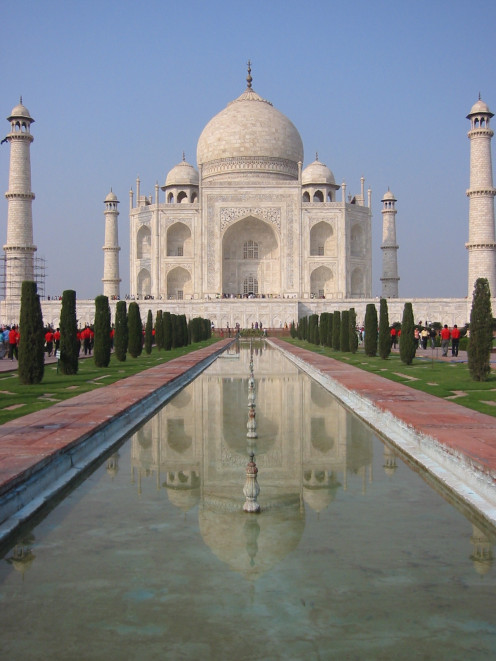
What's your objective?
If you want to see the Golden Triangle and the Rajasthan desert area, November till February clearly seems to be the best time of the year to visit India. The same is true for Mumbai and other megacities in the South. If you are planning to go on a beach holiday again November till February is the main tourist season in Goa and Kerala. But if you for example like to have the whole beach to yourself and don’t care too much about long swims and sun-tanning you could even consider the Rainy Season for a visit to Goa – the greenery is an explosion and prices drop noticeably during that time! If you on the other hand are more interested in visiting the breath-taking mountain regions of India, or maybe even plan to go trekking, then April till September could be the optimal season for you.


Indian holidays and festivals
Another factor to consider when you are trying to determine what is the best time to visit India are the holidays in India. Many tourists love to witness the color festival Holi, which usually takes place in February or March, but is better to be celebrated in the North of India. Another famous festival is Deewali – the festival of lights, which usually takes place around November and again is more interesting in the Delhi region than for example in Mumbai. In Mumbai and the South the Ganesh festival is very important (August/September) and in Tamil Nadu you can enjoy the New Year’s celebration (Pongal) around January. Of course there aren’t only traditional or religious festivals going on in India, but also huge Art festivals like the 10 days Kala Ghoda Art festival in Mumbai (February), the Queer Pride Week (February) in Mumbai and many music, dance and film festivals all over the country throughout the year. For a complete list of all official Indian holidays you can click here and for more information on all other sort of events and festivals you can continue reading here and here.
The next time you are wondering when is the best time to visit India you will hopefully feel more informed to plan for an amazing trip to this diverse subcontinent!
If you would like to read more about what to eat while travelling in India, how to book a train ticket in India or my personal packing list, you can simply hop my other hubs! Enjoy and have a safe and happy journey!



